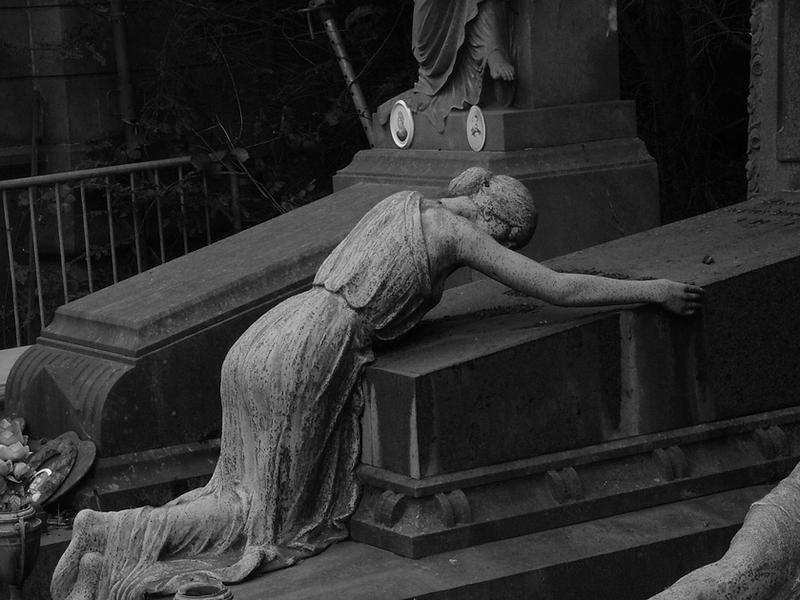.
Although Christian "human sacrifice" rituals were a common part of this religious culture during its ancient beginnings, it has generally been assumed that this is where it ended. Apparently this is not the case! I can't help but recall with demusement, various lectures by Christian "anti-Halloween" advocates in which they described in horror the accounts of human sacrifice rituals by the Druids. This, of course, was intended to discredit Druidic culture in every manner... and ultimately demonize the traditions which led to the All-Hallows Eve or Samhain holiday; brought to America by mostly Irish immigrants. I can recall the look of absolute contempt on the face of Christian zealot Doc Marquis as he recounted accounts, probably from Roman sources, of the culture of the Druids as it related to what we know as Halloween. Moreover, he suggested Druidic crimes against children. I don't know if that has any truth to it, but there were brutal ritual sacrifices such as "The Wicker Man." However, Christian human sacrifice during the Middle Ages is seldom ever mentioned by anyone today despite it's well documented history.
The following are excerpts from page 18 of the book 'The Tradition of Household Spirits' (Lecouteux; 2000); Chapter 1 - 'The House and its Construction'.
 Christian child sacrifice (translated and copied from a real account)
Christian child sacrifice (translated and copied from a real account)When the people decided to build the church of Skrunda, in Courland (Latvia), two pastors left on horseback to select the site. They first passed by the Krievukalns, where one horse dislocated a hoof; then by the Pilskalns, where a horse started bucking. They finally came to the spot where the church now stands. Here one of the horses went down on its knees, and they saw that the site was intended for the building. But during this period it was not possible to build a church without walling up a chaste young girl or child in a pillar, otherwise whatever one built during the day would collapse at night, which is what happened with the church of Skrunda. Messengers were sent to ask young boys and girls if they wanted to look after the keys of the church. The children had been warned to say no if anyone asked them this question. But one little girl responded: "I would really like to keep them." She was taken away and walled up in a pillar of the church. And look, what was built during the day no longer collapsed at night."
Obviously the construction work did not fall during the night; they merely wanted to conduct the ritual. If they were evil enough to murder a little girl, then I see no reason that they wouldn't have walled her inside the pillar alive. This was not isolated incident either.
The "construction sacrifice"
The construction sacrifice, which is well substantiated throughout the whole of Europe, became proverbial in Latvia: "Every church demands a sacrifice." Furthermore, it was assumed that the victim transformed into a supernatural guardian spirit.
 The Sacrifice for the Building (excerpt from pages 19-20)
The Sacrifice for the Building (excerpt from pages 19-20)As the sacrifice for a building has already been extensively studied by various scholars, I will not dwell on it and simply noting certain aspects will suffice here. Depending on the time and the place, it could appear in a wide variety of forms: actual sacrifice of a human being or an animal, or a simulation of such a sacrifice. In the later case, the shadow or its life-size approximation was buried in the foundations, and even today a photograph may be used to perform the same function. Whatever the case, the person will die forty days or even a year later, which is why a stranger to the village is often chosen for this purpose. In the southern Slavic countries, the victim can be the first person to walk past the construction--his or her shadow will be walled up--a form of sacrifice (now) condemned by the Nomocanon (legal canon) of the Byzantine Church.
.


No comments:
Post a Comment